I have been hearing about the Olympic Rain Shadow for about fifteen years. The Olympic Mountains get lots of rain, so much rain that I could never consider living there. Not willing to live there also holds for Seattle, Tacoma, and almost all of western Washington. As a side note, even though I am grouping Seattle, Tacoma, and nearly all of western Washington with the Olympic Mountains, I realize that the Olympic Mountains get way more rain than most of western Washington.

More Rain than Sitka
My daughter used to live in Sitka, Alaska, and we visited often. Seattle doesn’t get a lot of rain compared to Sitka. In Sitka, the standard footwear is called Sitka sneakers. They are rubber boots. Sitka isn’t in a rain shadow of any sort. Something is always falling from the sky. In Sitka, they don’t get much snow but buckets of rain.
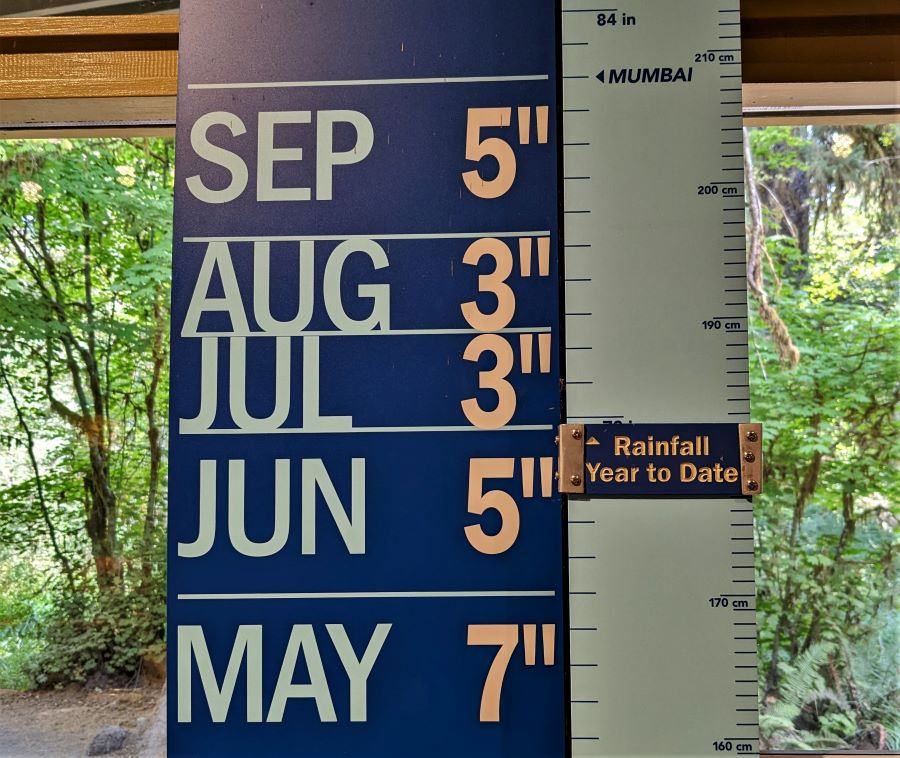
Olympic Rain Shadow
Mount Olympus in Olympic National Park gets more rain than Sitka—lots of rain. Typically, on Mount Olympus, you have rain or snow. The only reason that Mount Olympus isn’t completely snow-capped year-round is that the rain melts the snow. I have seen different rainfall totals for Mount Olympus that easily exceed 200 inches yearly. The north side of Mount Olympus has active (slowly moving downhill) glaciers.

Olympic National Park shields areas to the east from rain, while areas to the west get lots of rain. The center of the Olympic rain shadow is to the northeast of Sequim, Washington.
Sequim Washington
In Sequim, Washington, the annual rainfall total is less than twenty inches. The area most protected from severe rainfall extends from the northwest part of Olympic National Park to and including parts of Whidbey Island. As you move further away from Sequim, the cities of Port Townsend and Port Angeles get about twenty-five inches of rain a year.

On Whidbey Island, Fort Casey is the area with the least rain. As you may recall, we embarked on our ferry to cross the Puget Sound at Fort Casey, arriving in Port Townsend. Here is a link to these articles. Our RV Floats and Port Townsend
The Blue Hole
One of the misconceptions associated with the Olympic rain shadow is that it is merely overcast. Of course, that can happen, but for many days in Sequim, when it is dreary and rainy in Seattle, there is a clear blue sky in Sequim. As a disclaimer, Sequim gets plenty of clouds, but it isn’t comparable to Arizona, where they get more than two hundred bright sunny days yearly. Seattle gets about 60-80 sunny days per year. Long-term data for Sequim is more challenging to get but seems to be around 120 sunny days per year. Frequently, when Seattle is overcast, Sequim will be partly cloudy.

Not a Banana Belt
I have often heard that the Olympic rain shadow creates a banana belt. To me, this means that it is also a warm area. This is not true, at least it is not true to my standards. The Olympic rain shadow does not change the temperature. Cold is bad enough; cold and wet is horrible. The temperatures in the Olympic rain shadow are similar to the rest of western Washington. Yes, it snows, not often, but it still snows and freezes every winter. Snow accumulation doesn’t last long; it is usually melted by more rain.
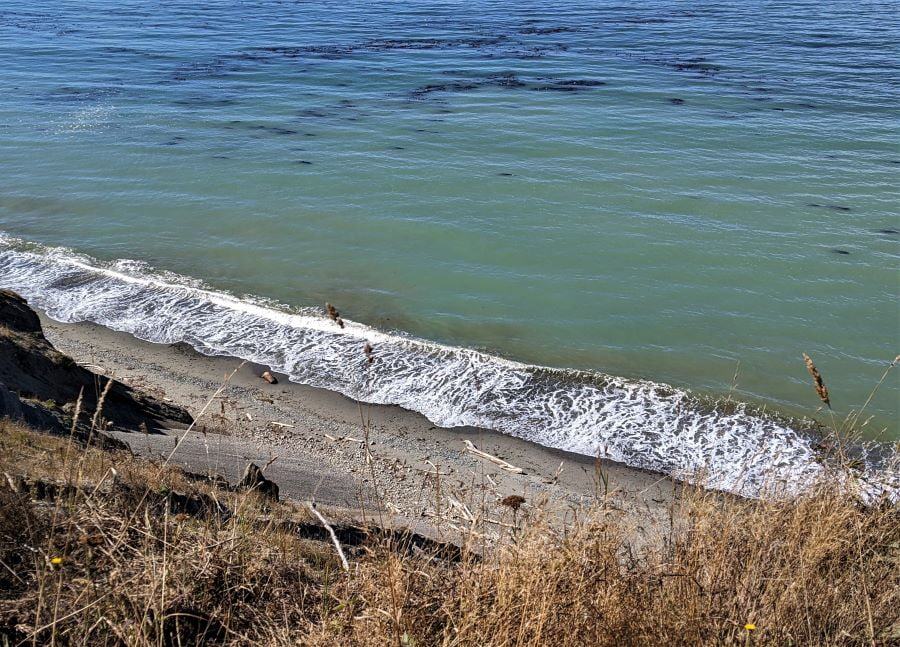
Temperature
Overall, summer temperatures here rarely exceed 80 degrees. Winter temperatures are consistently between 30 and 50 degrees with little daytime change. Winter is also more consistently cloudy. Spring arrives early but can be very windy. In Olympic National Park, the area closest to Port Angeles is called Hurricane Ridge because of the wind.
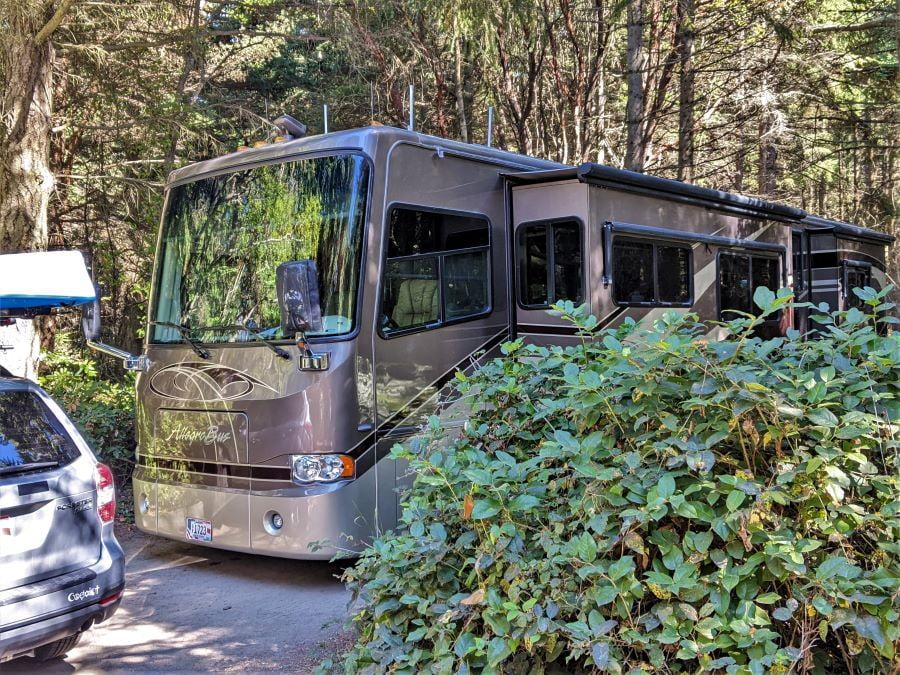
Our visit
The rain, even the rain shadow, had little influence on our visit. We didn’t have any rain because we visited during the peak of the dry season. We timed our visit to the Olympic Penisula at the driest time of year. Our visit was focused on Olympic National Park, and we wanted to spend a lot of time there. If it were raining, then our visit would have been very different. We wanted and got to see the park without the rain even though that is not the normal condition. In September, the park and the entire Olympic Penisula get very little rain. After crossing the ferry from Whidbey Island to Port Townsend, we spent a week exploring the area. After moving from our camp south of Port Townsend, we moved as close as I could to the center of the rain shadow.

Dungeness
After that, staying in Port Townsend, we moved to a county park north of Sequim overlooking the Strait Juan de Fuca. Parking our RV at the Dungeness Recreation Area was challenging but not too hard. There were plenty of trees to maneuver around. The trees weren’t a surprise. Even though we were at the center of the rain shadow, they got plenty of moisture for the trees.
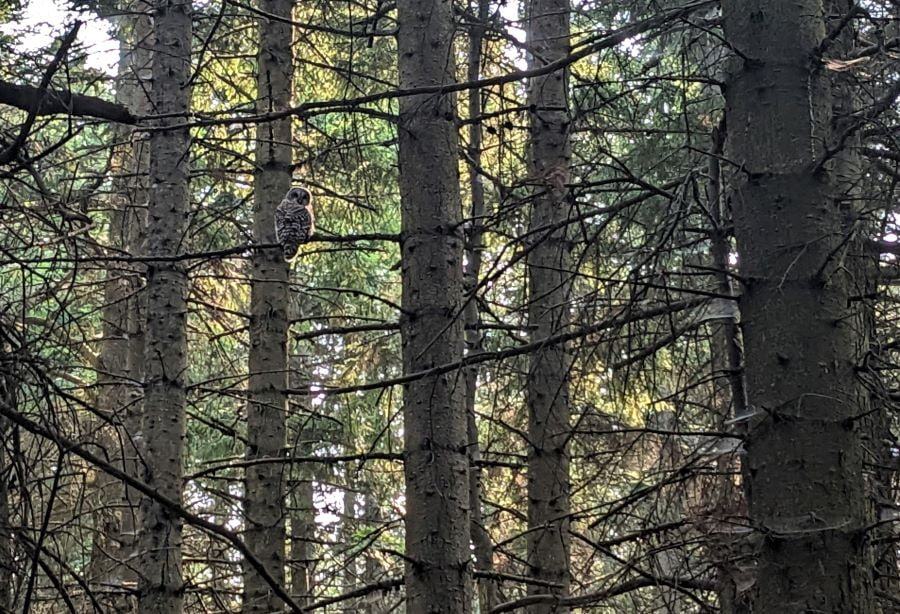
I am not anticipating a return visit to the Olympic Penisula soon, but if that happens, I will pick up a couple of spots that will have plenty of sunshine. At our site, we had plenty of shade and almost no sun.
Dungeness National Wildlife Refuge
We camped at the Dungeness Recreation Area. It is a nice campground with the same driveway as the Dungeness National Wildlife Refuge. The campground is included in the Dungeness Recreation Area. The wildlife refuge was a very easy walk from our campsite. I was very surprised that the wildlife refuge (federal property) had very controlled access, including a host who was there to take payment. I have been to National Parks that allowed unpaid visits—not this refuge. Camping at the recreation area does not include access to the wildlife refuge.

Dungeness National Wildlife Refuge is mainly along the beach below the bluff and includes a sand bar five miles from the New Dungeness Lighthouse. We took a long walk (hike) along the sand bar for what we thought would be about halfway to the lighthouse. After an hour of nonstop walking, we weren’t even close.
One of the surprising things while camping at the Dungeness Recreation Area is that along the coastline, it was cold every day. Mostly because of the shade and light wind off the water. Sequim, only a few miles inland was at least ten degrees warmer.
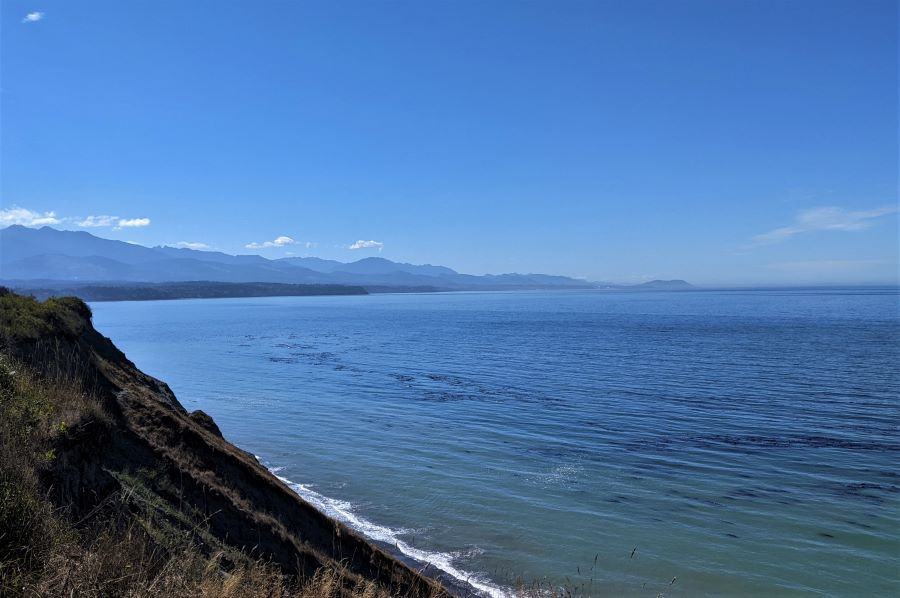
While at Dungeness, we visited Olympic National Park, Hurrican Ridge, and Cresent Lake. These locations will be the subject of our next posts. In the summer, assuming it is not raining, they are lovely.
Our visit to the Olympic National Park
Quinault Rainforest and Kestner Homestead
Please subscribe and join us on our journey.
We will add you to our email list and send you updates once a week. Here is a link. Subscribe
About our links
As you know, our blog income is zero, which allows us to be independent and tell the truth. We do not get income or commissions. No, we don’t make paid endorsements. We don’t make recommendations; instead, we will tell you what we like (or dislike). The links are only provided as a quick reference to help our readers.
Links
About Comments
We love seeing your comments, but they are not automatic. I get about twenty spam comments every day, and thus, I have to turn off automatic comments. I read and then publish every comment personally to protect the blog and keep it on the subject and real. So this means that you will not see your comment right after you hit submit. Sorry for the delay in publishing your comments. Please know that we would love to hear from you.


Beautiful water and wilderness views, Scott and Tami. But it’s isolated. I looked for a ferry schedule from Port Townsend and found this. They all apparently go to Coupeville and nowhere else?
https://wsdot.com/ferries/vesselwatch/terminaldetail.aspx?terminalid=17
I guess the shape of the islands prevent a direct route to Seattle.
It is remote, but yet to us it seemed connected.
We took the Coupeville to Port Townsend ferry to get to the Olympic Penisula. Once at Port Townsend, you can drive all the way to San Diego without taking a ferry, but if you want to go to Seattle you either drive to Tacoma and then back north to Seattle or you can drive to Brainbridge and then take a ferry to Seattle.
The best way to find a ferry is to zoom in on a Google map while looking at the water. The ferry routes are dashed blue lines and all have a number that corresponds with the roads they connect.
Scott
We have fulltime RV friends who just bought some property in Sequim and are in the process of building a house. It’s certainly a gorgeous area, and the weather is better than many places up there, but I think it would still be a bit too much rain and gray for me. I look forward to your upcoming posts about all these places!
Beautiful area. We have gone up the coast and stayed out side of Port Angeles. It is a long way to get to Seattle though since we didn’t want to take any ferries. Would like to spend time on the west area more and explore the rain forest. Cool area.
Pingback: The Charm of Port Townsend - FoxRVTravel